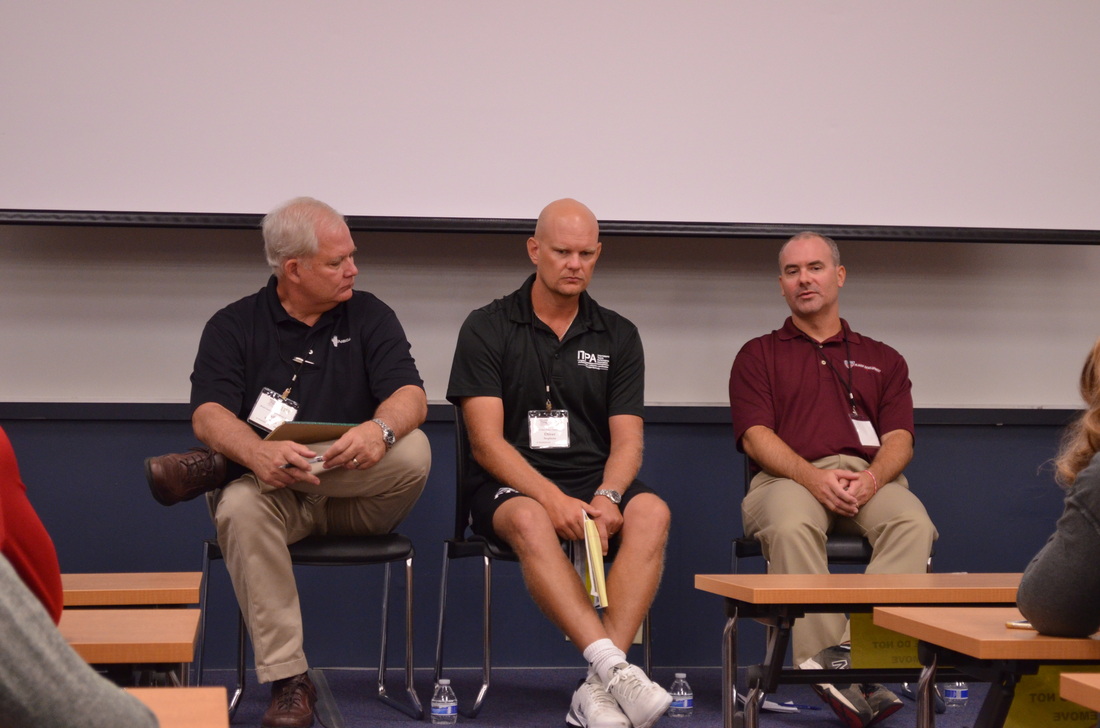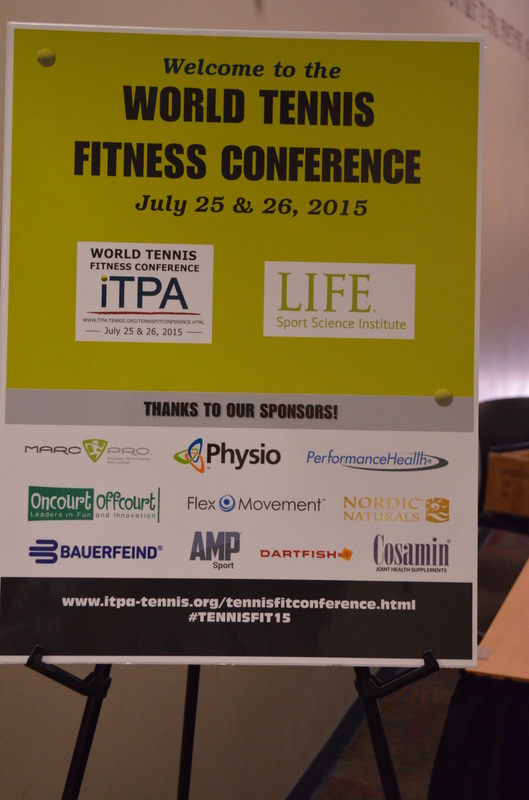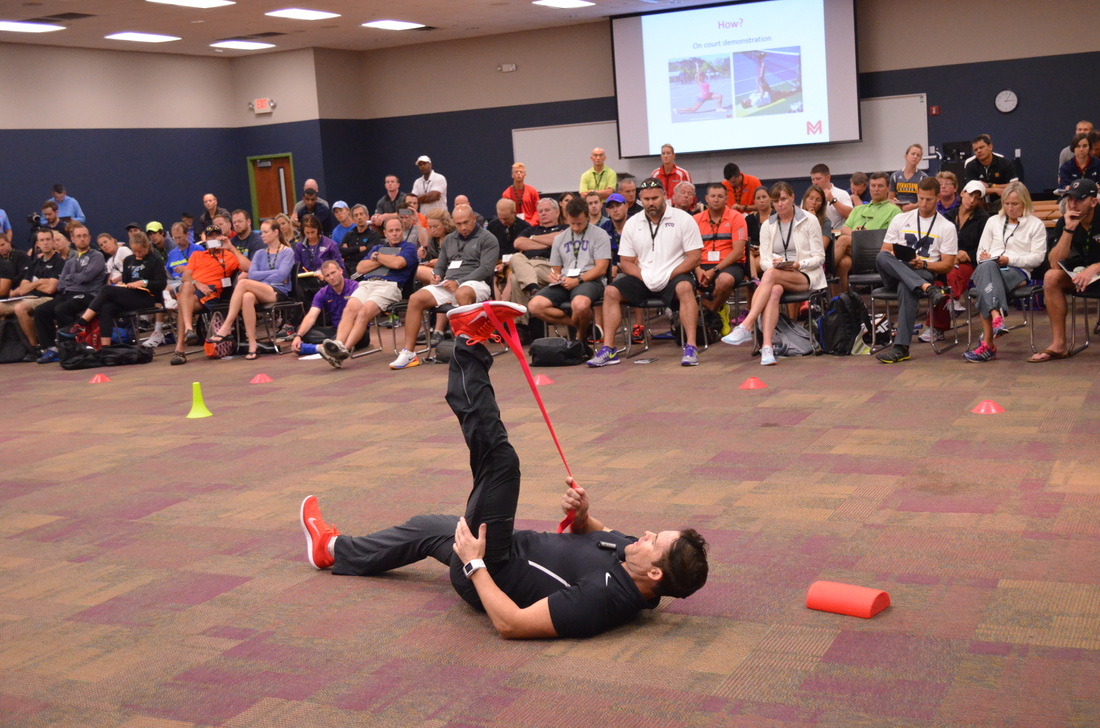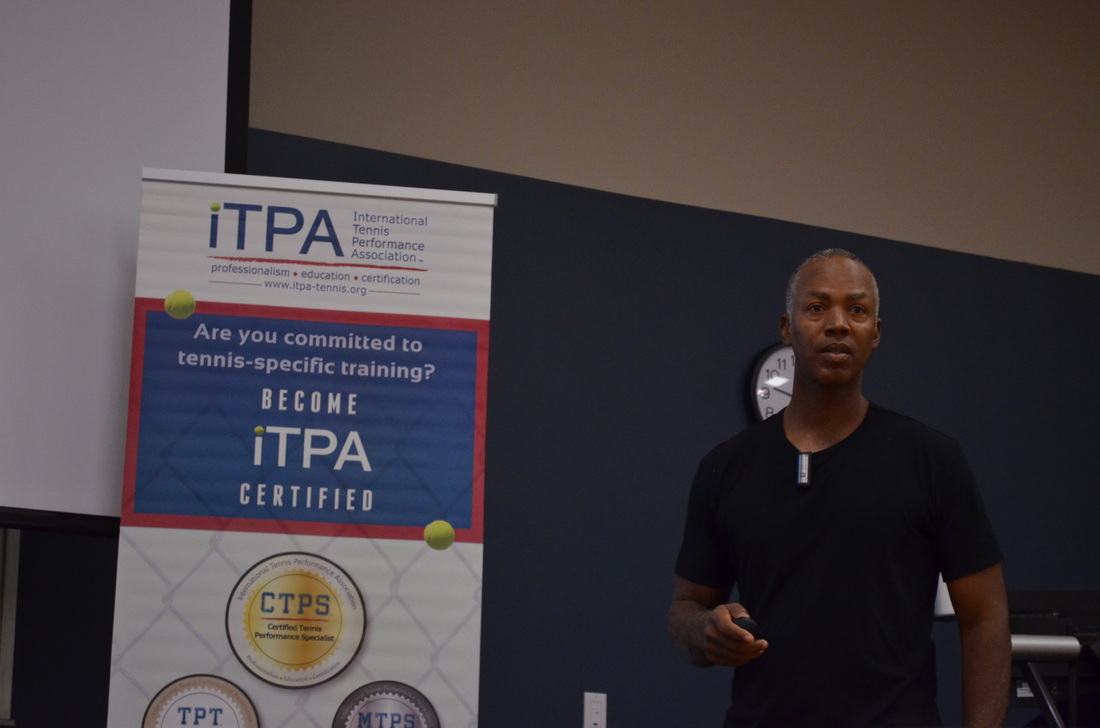“The health, fitness and other advantages of youth sports participation are well recognised. However, there are considerable challenges for all stakeholders involved—especially youth athletes—in trying to maintain inclusive, sustainable and enjoyable participation and success for all levels of individual athletic achievement. In an effort to advance a more unified, evidence-informed approach to youth athlete development, the IOC critically evaluated the current state of science and practice of youth athlete development and presented recommendations for developing healthy, resilient and capable youth athletes, while providing opportunities for all levels of sport participation and success. The IOC further challenges all youth and other sport governing bodies to embrace and implement these recommended guiding principles.”
General principles
· Youth athlete development is contingent on an individually unique and constantly changing base of normal physical growth, biological maturation and behavioral development, and therefore it must be considered individually.
· Allow for a wider definition of sport success, as indicated by healthy, meaningful and varied life-forming experiences, which is centered on the whole athlete and development of the person.
· Adopt viable, evidence-informed and inclusive frameworks of athlete development that are flexible (using ‘best practice’ for each developmental level), while embracing individual athlete progression and appropriately responding to the athlete's perspective and needs.
· Commit to the psychological development of resilient and adaptable athletes characterised by mental capability and robustness, high self-regulation and enduring personal excellence qualities—that is, upholding the ideals of Olympism.
· Encourage children to participate in a variety of different unstructured (ie, deliberate play) and structured age-appropriate sport-related activities and settings, to develop a wide range of athletic and social skills and attributes that will encourage sustained sport participation and enjoyment.
· Make a commitment to promote safety, health and respect for the rules, other athletes and the game, while adopting specific policies and procedures to avert harassment and abuse.
· Across the entire athletic development pathway, assist each athlete in effectively managing sport-life balance to be better prepared for life after sport.
Coaching
· Provide a challenging and enjoyable sporting climate that focuses on each athlete's personal assets and mastery orientation.
· Coaching practices should be informed by research-based developmental guidelines that promote flexibility and innovation, while accommodating individual skills and athletic development trajectories.
· Coaching should be context-specific (eg, participation vs performance focus) and aligned with individual athletic readiness.
· Coaching education programmes should assist coaches in establishing meaningful relationships that enrich the personal assets of their athletes and foster their own intrapersonal and interpersonal skills (eg, reflection and communicative skills).
· Coaches should seek interdisciplinary support and guidance in managing a youth athlete's athletic development, fitness and health, and mental and social challenges and needs.
Conditioning, testing and injury prevention
· Encourage regular participation in varied strength and conditioning programmes that are suitably age based, quality technique driven, safe and enjoyable.
· Design youth athlete development programmes comprising diversity and variability of athletic exposure, to mitigate the risk of overuse injuries and other health problems prompted by inappropriate training and competition that exceed safe load thresholds, while providing sufficient and regular rest and recovery, to encourage positive adaptations and progressive athletic development.
· Maintain an ethical approach to, and effectively translate, laboratory and field testing to optimise youth sports participation and performance.
· Develop, implement and continue to evaluate knowledge translation strategies and resources that will enhance injury prevention and promote health in youth athletes, such as the Get Set—Train Smarter injury prevention app developed by the IOC for the 2014 Youth Olympic Games
· Promote evidence-informed injury prevention programmes, protective equipment legislation and rule changes that are context specific, adaptable and consistent with maintaining the integrity of the sport and participation goals.
· Strictly adhere to a “No youth athlete should compete—or train or practice in a way that loads the affected injured area, interfering with or delaying recovery—when in pain or not completely rehabilitated and recovered from an illness or injury”.
Nutrition, hydration and exertional heat illness
· Dietary education for young athletes should emphasize optimal eating patterns to support health, normal growth and sport participation demands, with emphasis on a balanced intake of nutrient-dense carbohydrates, high-quality protein and sufficient dietary calcium, vitamin D and iron.
· Youth athletes and their support personnel should be educated on the risks associated with dietary supplements and energy drinks.
· Emphasise and mitigate the risks of sport-related EDs, DE and RED-S, by raising awareness through education, improving screening and treatment, and implementing applicable rule modifications.
· Education and training on exertional heat illness risks and effective prevention and risk-reduction strategies (including practical preparation, offsetting measures and management and immediate response protocols) and policies should be regularly provided and emphasized to youth athletes, coaches and staff, and others overseeing or assisting with children and adolescents participating in outdoor sports.
· A written emergency action plan and effective response protocols should be in place and practiced ahead of time with trained personnel, as well as readily available facilities on-site for managing and treating all forms of exertional heat illness and other medical emergencies, for all youth athletic activities, especially in the heat.
Sport and sports medicine governing bodies and organisations
· Sport and sports medicine governing bodies and organisations should protect the health and well-being of youth in sport by providing ongoing education, and fully implementing and monitoring practical, and effective, athlete safeguarding policies and procedures in all youth athlete programming
· Youth athlete selection and talent development philosophies should be based on the physiological, perceptual, cognitive and tactical demands of the sport, and a long-term, individually variable developmental context.
· Diversification and variability of athletic exposure between and within sports should be encouraged and promoted.
· Competition formats and settings should be age and skill appropriate, while allowing for sufficient rest and recovery time between multiple same-day contests.
Read the full report - http://bjsm.bmj.com/content/49/13/843.full










 RSS Feed
RSS Feed
